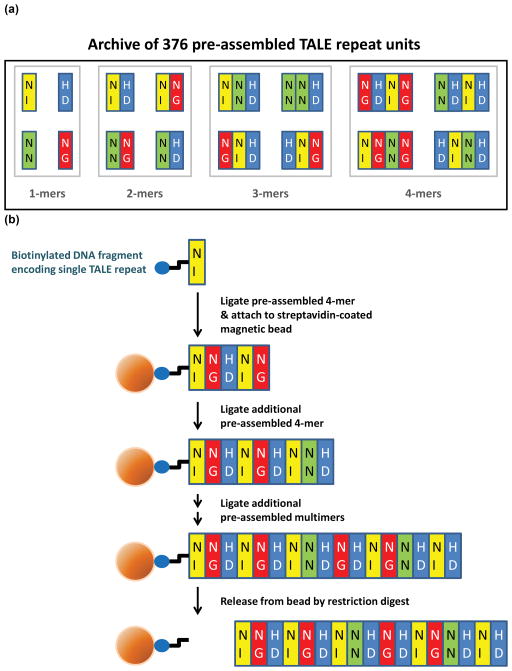Figure 1. Graphical overview of the FLASH assembly method.
(a) Archive of 376 TALE repeat encoding plasmids required to practice FLASH. Plasmids encoding one, two, three, and four TALE repeats (colored rectangles) harboring various RVDs (represented by two upper-case letters within the rectangles) were constructed as described in Methods. (b) Schematic overview of the FLASH assembly process. A DNA fragment encoding a single TALE repeat and labeled on its 5′ end with biotin (blue oval) is initially ligated to a second DNA fragment encoding four specific TALE repeats and then attached to a streptavidin-coated magnetic bead (orange sphere). Additional DNA fragments encoding pre-assembled TALE repeats are ligated until an array of the desired length is assembled. The DNA fragment encoding the full-length TALE repeat array is then cleaved from the bead by restriction digestion.

